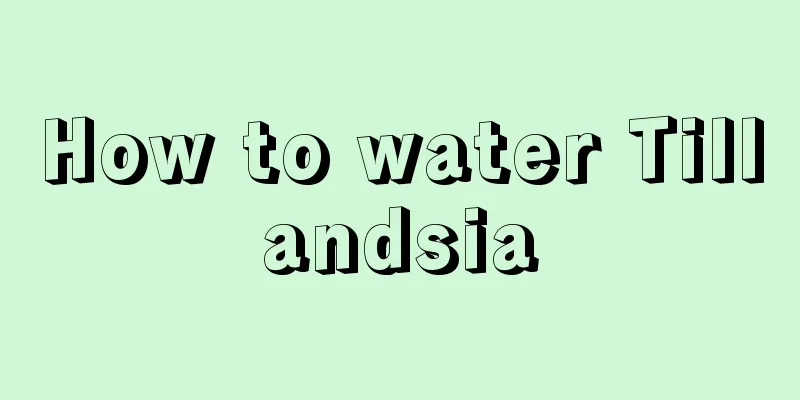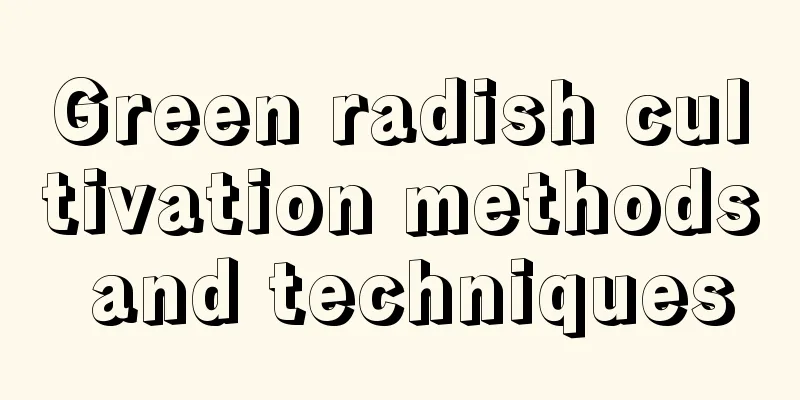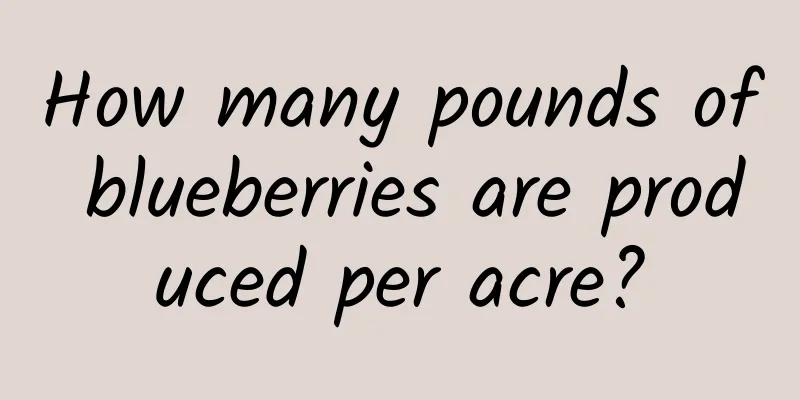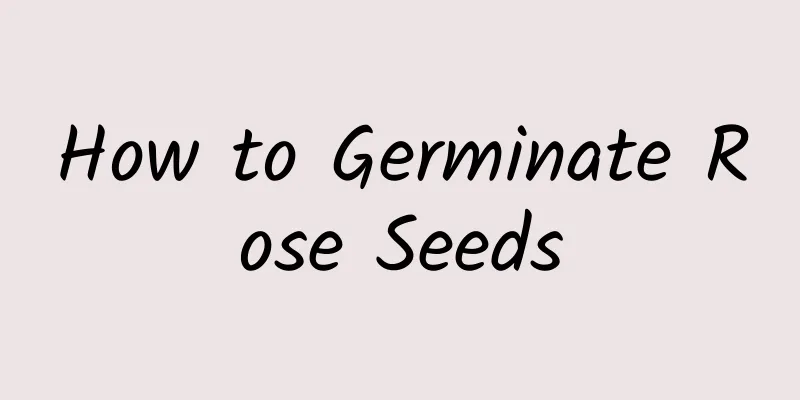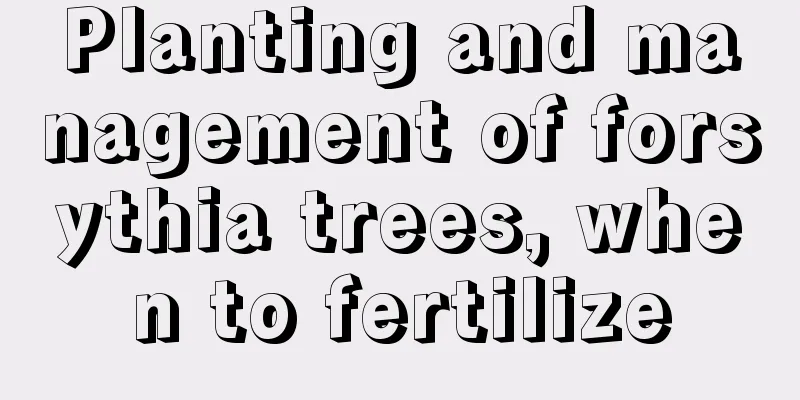The difference between Clerodendrum thomsoniae and Clerodendrum thomsoniae
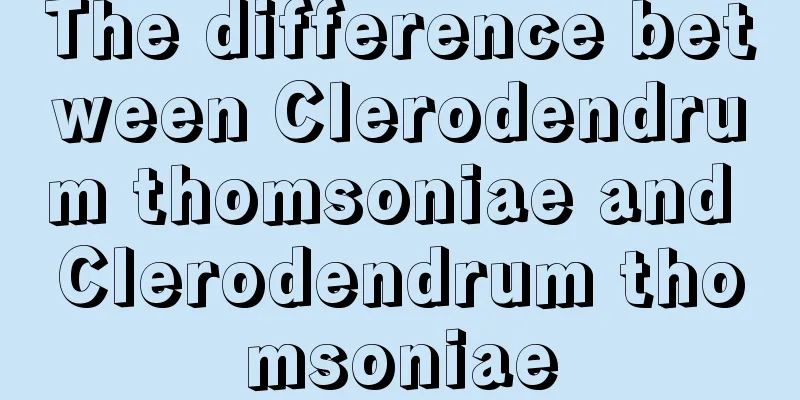
1. Leaf DifferenceThe leaves of the Chinese giant thorn tree are papery, narrowly ovate or ovate-oblong in shape, 4 to 10 cm long, 1.5 to 4 cm wide, gradually becoming pointed at the apex, and the base is nearly round. The leaves are entire, with small warty hairs on the surface, slightly rough, and almost glabrous on the back. The petiole is about 1 to 2 cm long. The leaves of the red-calyx Clerodendrum thomsoniae are opposite, papery, with petioles, ovate-elliptical in shape, entire, gradually tapering at the apex, and nearly round at the base. 2. Flower DifferencesThe inflorescence of the plant is axillary or pseudo-terminal, with dichotomous branches, about 7 to 15 cm long and about 10 to 17 cm wide. The involucral bracts are narrow lanceolate, the calyx is white, fused at the base, swollen in the middle, with 5 ridges, 5 deep fissures at the apex, the lobes are triangular-ovate, the corolla is dark red, and the lobes are elliptical. The red-calyx cyme of the plant is axillary or terminal, with red calyx and corolla. |
<<: Differences between White Clover and Oxalis
>>: The difference between mint and pomade
Recommend
How to judge whether strawberries need watering
1. Soil dryness and wetness When planting strawbe...
What to do if jasmine leaves turn yellow
1. Control watering Cause: Long-term water accumu...
Why doesn't hibiscus bloom?
The duration of hibiscus flowering Hibiscus itsel...
How many pounds of winter jujube per mu
Yield of winter jujube per mu Winter jujube is a ...
Is carrot a fruit or a vegetable?
Is carrot a fruit or a vegetable? Radish, also kn...
If you don't do this after the flowers have faded, they will definitely not bloom well next time.
Jasmine There are many types of woody flowers that...
What is the nutrient solution for lucky bamboo?
1. What to use as nutrient solution (1) The simpl...
Causes and treatments for yellow rose leaves
1. Lack of iron 1. Reason: Flowers in greenhouses...
When can peach blossom cuttings take root? Can peach blossoms be propagated by cuttings?
1. When to take root It usually takes about a mon...
Is canna suitable for indoor cultivation?
1. Reasons for release (1) First of all, it is or...
What fruits are suitable for growing in southern Shaanxi?
Climate conditions for planting in southern Shaan...
Why is there a low fruit set rate when there are many cherry blossoms? (How can I get more fruit set when there are many blossoms)
Why do cherry flowers bloom but no fruit? It is a...
How to propagate monkey orchid
sowing Monkey orchid can self-pollinate, but the ...
How does asparagus fern survive the winter? Will it freeze to death?
1. Wintering Methods 1. Bring it indoors: Asparag...
What is the reason why the tips of osmanthus leaves are burnt?
Osmanthus, as a traditional famous flower in my c...
